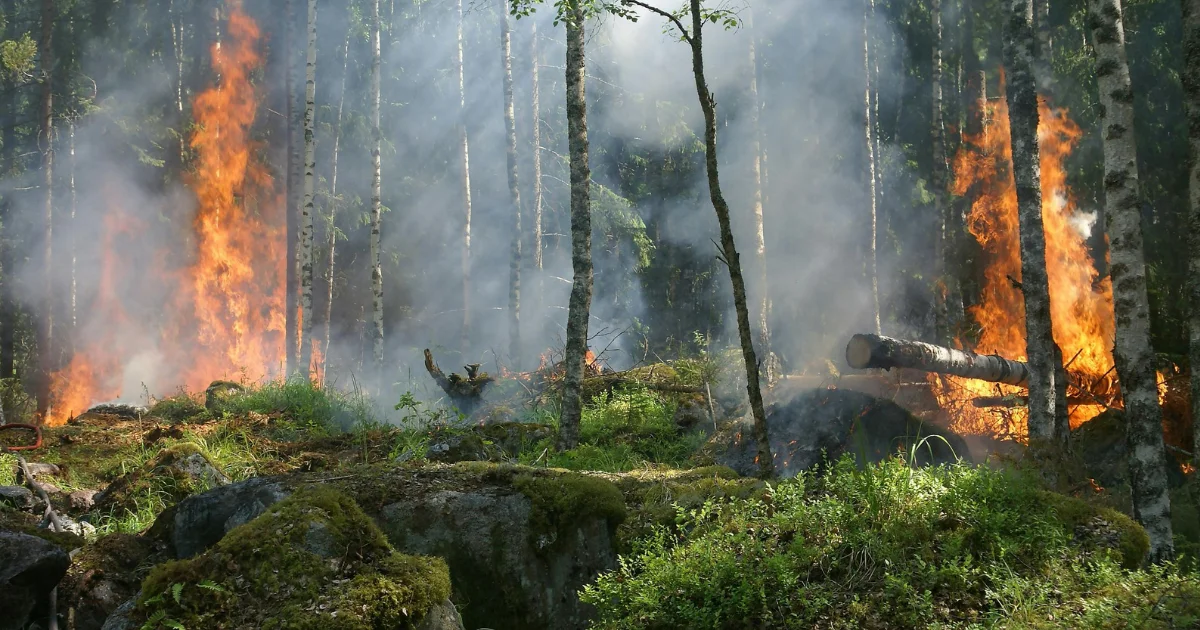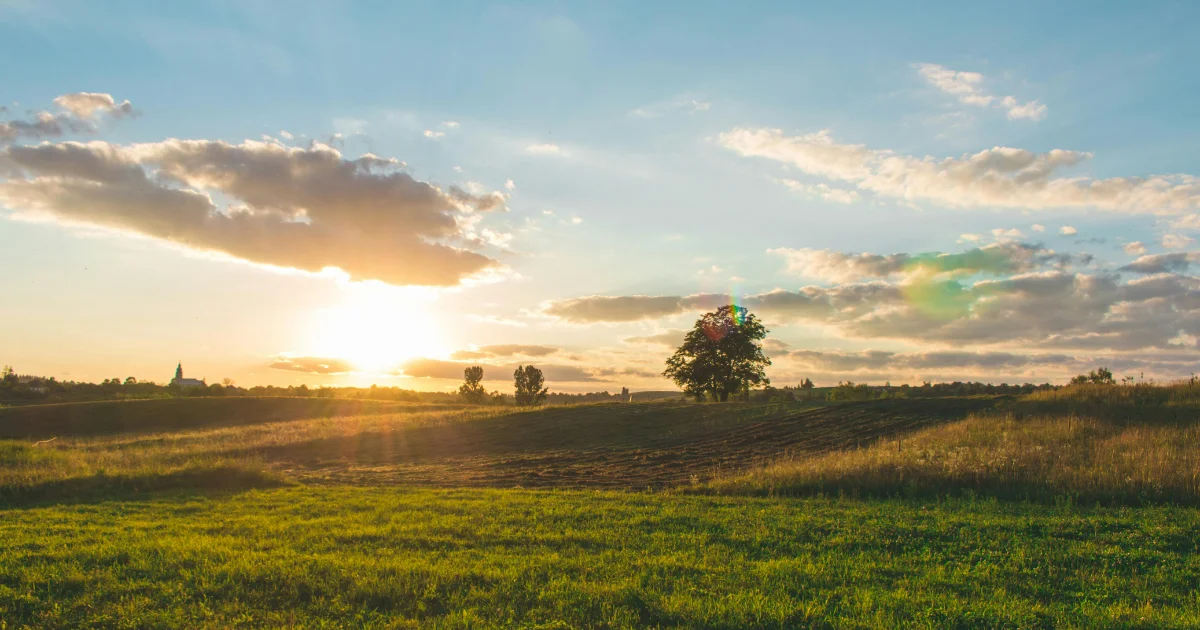Table of Contents
ToggleHow Trees Lower City Heat
As cities continue to grow, they face a significant challenge: rising temperatures. The “urban heat island” effect causes cities to become much hotter than rural areas, largely due to human-made materials like asphalt, concrete, and buildings that trap heat. This rising heat can lead to higher energy consumption, health risks, and environmental harm. Fortunately, trees offer a natural solution to combat city heat. By providing shade, cooling the air, and offering other valuable benefits, trees play a vital role in lowering temperatures and improving the quality of life in urban areas.
Understanding the Urban Heat Island Effect
Urban areas are typically warmer than their rural counterparts because of the materials used in construction. Cities are made up of roads, buildings, and other structures that absorb sunlight during the day and release heat slowly at night. This leads to higher temperatures in urban environments, especially during summer. The urban heat island effect can increase temperatures by 7-10°F (4-6°C) compared to surrounding areas, causing problems such as:
Increased energy consumption: Higher temperatures lead to more air conditioning use, driving up energy costs.
Health risks: Hotter cities lead to an increase in heat-related illnesses, especially for vulnerable groups like the elderly and those with pre-existing conditions.
Environmental damage: More energy use results in greater pollution and a larger carbon footprint.
How Trees Help Cool Cities
Trees offer a natural and cost-effective solution to combat rising urban temperatures. Here’s how they work to lower city heat:
Providing Shade
The most obvious way trees cool cities is by providing shade. When trees are planted along streets, in parks, and around buildings, they block direct sunlight from hitting surfaces like roads, sidewalks, and buildings. This prevents those surfaces from absorbing and retaining heat, lowering the temperature in shaded areas by as much as 20-45°F (11-25°C). The cooler surfaces mean less heat is radiated into the air, keeping the surrounding area much more comfortable. Trees that line streets or cover rooftops can significantly reduce the heat felt in urban spaces.
Evapotranspiration
Evapotranspiration is a natural process by which trees release water vapor into the air from their leaves. As trees absorb water from the soil through their roots, the water travels through the trunk and is released through pores in the leaves. This process has a cooling effect, similar to how sweating cools the human body. As trees release water vapor, they help lower the temperature around them. In some cases, evapotranspiration can reduce temperatures by up to 10°F (5.5°C) or more in areas with abundant tree cover.
Cooling the Urban Environment at Night
The cooling benefits of trees aren’t just limited to the daytime. While concrete and asphalt can absorb heat during the day and release it slowly at night, trees help keep nighttime temperatures lower by blocking the heat that radiates from surfaces. Because trees cool through both shade and evapotranspiration, they help maintain lower temperatures in the evening, providing much-needed relief after a hot day.
Other Benefits of Trees in Urban Areas
Trees offer a wide range of benefits beyond cooling the city. Some of these include:
Improved Air Quality
Trees absorb carbon dioxide (CO₂) and release oxygen, improving air quality. They also trap air pollutants like nitrogen dioxide (NO₂), sulfur dioxide (SO₂), and particulate matter on their leaves, reducing pollution levels in the city. Cleaner air helps lower the incidence of respiratory issues such as asthma and bronchitis, which can be exacerbated by hot, polluted air.
Reducing Energy Costs
Trees help reduce the need for air conditioning by keeping buildings cooler. By shading homes and businesses, trees lower the temperature inside buildings, reducing the need for artificial cooling. According to studies, well-placed trees can reduce air conditioning use by up to 30%, leading to lower energy bills. This not only saves money but also decreases the demand on power grids, which can prevent brownouts and reduce carbon emissions.
Supporting Urban Biodiversity
Urban areas can be harsh environments for wildlife, but trees provide a habitat for birds, insects, and other creatures. In cities with a higher number of trees, there’s more biodiversity, which contributes to a healthier ecosystem. Trees help pollinate plants, control pests, and create a balanced environment for many species. The presence of wildlife also enhances the overall beauty and livability of cities, making them more enjoyable places to live.
Enhancing Mental Health and Well-Being
Spending time in green spaces has been shown to improve mental health. People who live near trees and parks report lower levels of stress, anxiety, and depression. The calming effect of trees makes urban environments more pleasant and livable, offering a place for relaxation and recreation in otherwise crowded and stressful areas. Studies have shown that people are more likely to walk, jog, or engage in physical activity in areas with abundant greenery, which contributes to a healthier lifestyle.
Why Cities Should Invest in Trees
Given the many benefits trees provide, it’s clear that urban areas should prioritize tree planting and green spaces. Here are a few reasons why:
Long-Term Cooling: Trees offer a natural and sustainable way to cool cities without relying on energy-intensive air conditioning systems.
Energy and Cost Savings: Planting trees reduces the need for air conditioning, cutting energy costs and lowering utility bills for residents.
Healthier Communities: Trees improve air quality, reduce heat-related illnesses, and create spaces for physical activity and relaxation, leading to a healthier population.
Environmental Sustainability: Trees help absorb carbon dioxide, mitigate climate change, and promote biodiversity, contributing to a more sustainable urban environment.
Relevant post: In impressive trees influence the climate in 2024
Other Relevant: Trees and Climate Change: How Forests Benefit the Climate
Conclusion
As cities continue to expand and face the challenges of climate change, trees are more essential than ever. They help lower temperatures, reduce energy use, and improve the overall quality of life for urban residents. Trees provide shade, cool the air through evapotranspiration, and offer numerous other environmental, social, and health benefits. In the fight against rising urban heat, trees are not only a solution—they’re an investment in the future.




